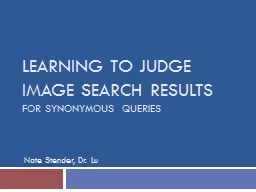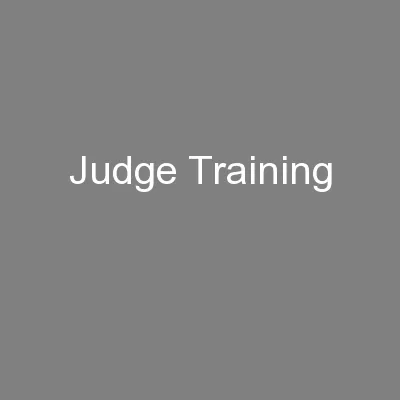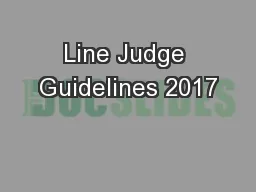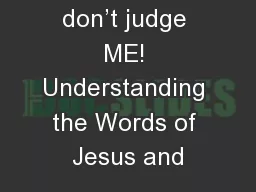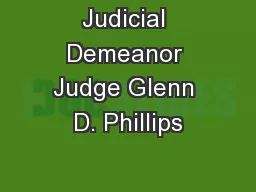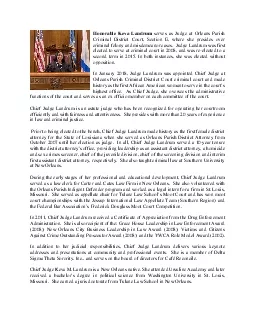PPT-Learning to Judge
Author : myesha-ticknor | Published Date : 2016-07-24
Image Search Results for Synonymous Queries Nate Stender Dr Lu The Problem There are billions of images on the internet When we search for an image we expect
Presentation Embed Code
Download Presentation
Download Presentation The PPT/PDF document "Learning to Judge" is the property of its rightful owner. Permission is granted to download and print the materials on this website for personal, non-commercial use only, and to display it on your personal computer provided you do not modify the materials and that you retain all copyright notices contained in the materials. By downloading content from our website, you accept the terms of this agreement.
Learning to Judge: Transcript
Download Rules Of Document
"Learning to Judge"The content belongs to its owner. You may download and print it for personal use, without modification, and keep all copyright notices. By downloading, you agree to these terms.
Related Documents

